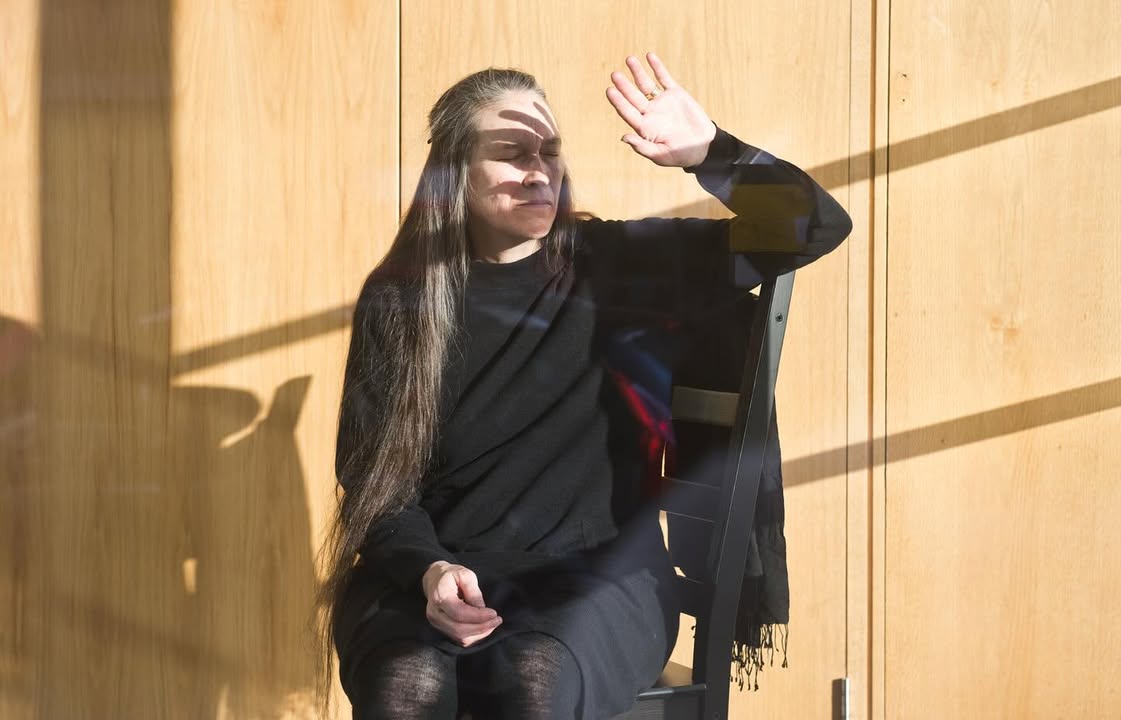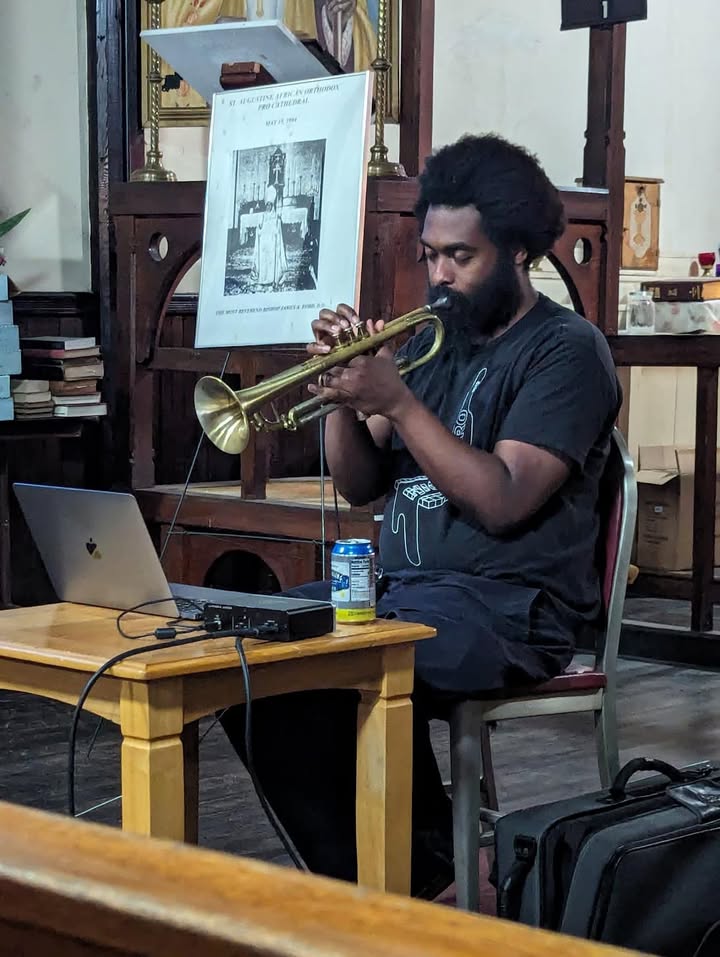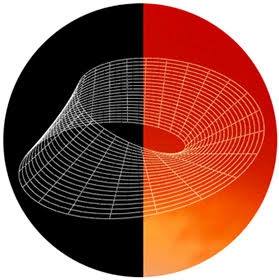
Mobius Inc
Mobius (est. 1977) is a non-profit, artist-run organization, whose mission is to generate, shape and test experimental art. The members of the organization believe an effective strategy for supporting this art is to establish grounds that build relationsh Theatrical projects

ICO
42697333
2900
Web
Sign in to see organisation website
Address
Jamaica Plain
mobius artists group UPCOMING EVENTS Mobius Member Heather Hey There Kapplowwill be presenting a new participatory walkingbased piece called Taking Dictation at the 2025 SUPERMARKET Art Fair in a program curated by John Schuerman and Berg Duo called WALKING WITH PASSION along with two other artists from the Walking As Practice Collective Juanma Gonzalez and Aurike Quintellier. The On Practice workshop is designed as an indepth examination of your performance practice. We will consider what drives us to make the work that we make how we approach developing it and what methods we use for evaluating the success of the work. Mobius is thrilled to announce the 2025 Boston Butoh and Performance Art Festival premiering April 24th through the 27th at the Boston Center for the Arts Plaza Theater.
From Social media
News about from their social media (Facebook and X).
Tonight at 8 pm EST‼️ Mobius founder Marilyn Arsem will give an online lecture on ‘Practice and Research of Durational Performance’ in Tokyo, Japan. The live lecture is on Monday, May 26, 2025, 9:00–11:30 JST, which translates to Sunday, May 25, 8 pm - 10:30 pm EST. Follow the links below to see the lecture live.
Like Comment
Ten Questions, An Interview With Forbes Graham - Below is an interview conducted on 6/6/24 by Mobius Artists Group intern Tara Guzman-Finn with Mobius Artists Group member and co-director Forbes Graham. Interview edited for clarity with Forbes Graham’s permission. - Forbes Graham (b.
Like Comment
Data about organisation
Performing Arts Category
Organisations with similar rank to Mobius Inc in category Performing Arts
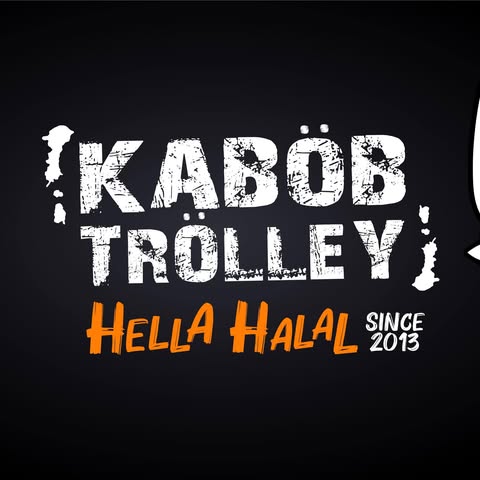
546. Comedy Celebration Day Inc
Quick, hearty, and quality Gyro & Cheesesteak at Kaböb Trölley.
547. PERFORMING ARTS ASSN OF ST JOSEPH INC
Performing Arts Association brings national touring shows to St.

Mobius (est.
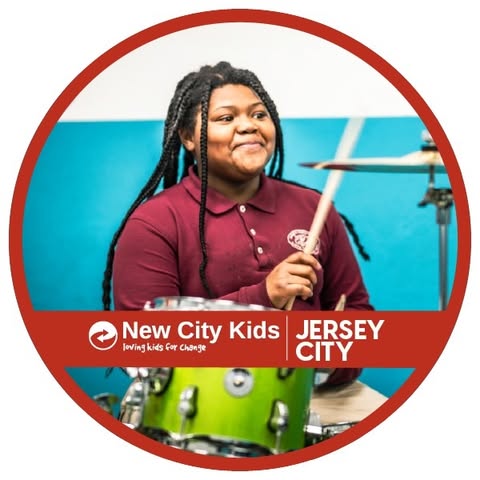
A non-profit youth leadership development program and an after school performing arts center.

550. JUBILEE COMMUNITY ARTS INC
The historic Laurel Theater is owned and operated by Jubilee Community Arts, a regional, community cultural center dedicated to preserving and presenting the traditional arts of the Southern Appalachians.
Similar organisations
Similar organisations to Mobius Inc based on mission, location, activites.
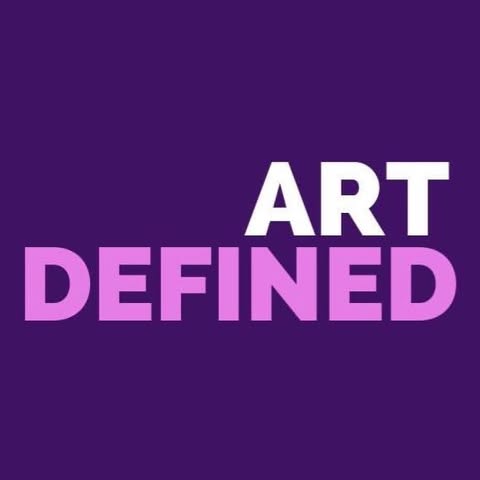
Creating platforms, art, and community.
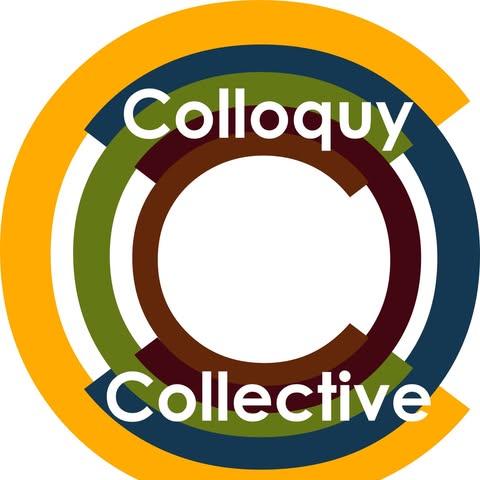
Colloquy Collective is a theater company that is focused on intersecting conversations of identity, art, audience, and bias.
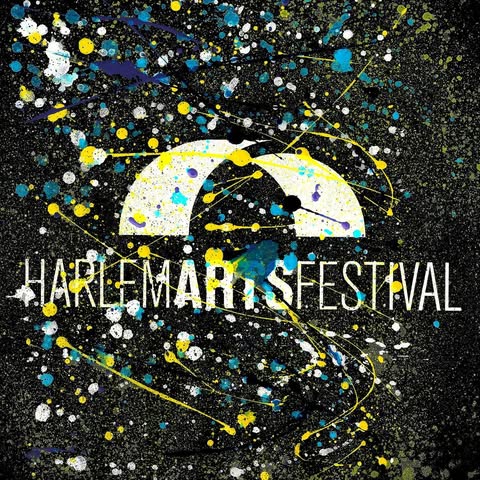
The Harlem Arts Festival presents multi-disciplinary performances in venues throughout Harlem, culminating in an annual festival at Marcus Garvey Park.
Similar Organisations Worldwide
Organisations in the world similar to Mobius Inc.

THE SHOWROOM GALLERY LTD. (uk)
The Showroom is a centre for contemporary art that is focused on a collaborative and process-driven approach to production.

Advancing Visual Storytelling The Packed Lunch studio specialises in productions and public programming in moving-image, fine art and performance-based practices, with a purpose and passion for realising human and social capital through the visual arts.

Weave Movement Theatre Inc (au)
A bold, diverse dance/theatre company of disabled & non-disabled artists creating powerful performances.
Interesting nearby
Interesting organisations close by to residence of Mobius Inc

Mobius (est.
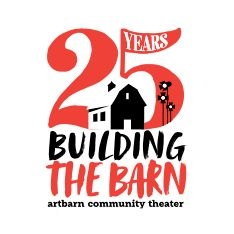
ART BARN COMMUNITY THEATER INC
Fostering creativity, self-esteem, and social confidence through the performing arts.
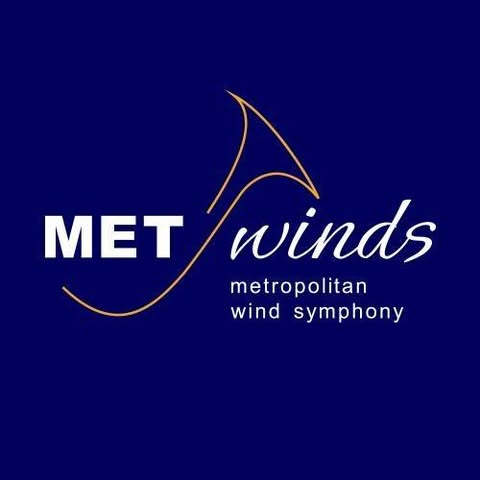
Metropolitan Wind Symphony, Inc.
MetWinds (The Metropolitan Wind Symphony) celebrates its 54th season.
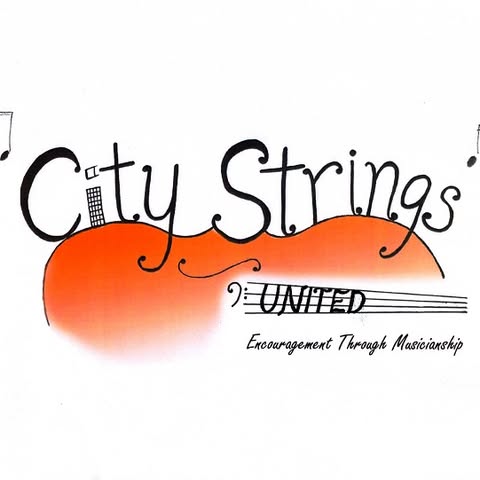
Youth development through music education.
Similar social media (2900)
Organisations with similar social media impact to Mobius Inc

106404. Eastern Maine Development Corporation
Growing rural Maine.

106405. Thacher Island Association
This is the Official Facebook page for Thacher and Straitsmouth Islands.

Mobius (est.
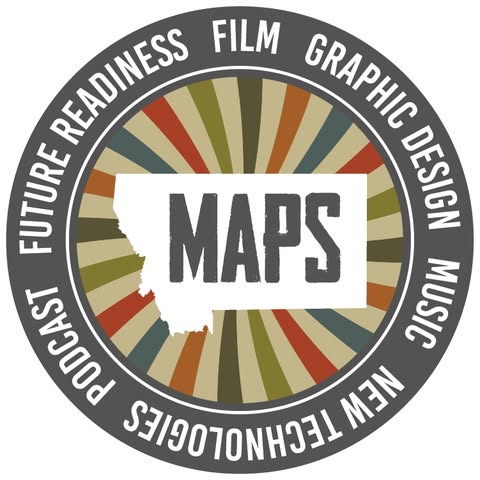
MAPS offers FREE-of-charge media arts classes, taught by professionals, for 8th to 12th graders.
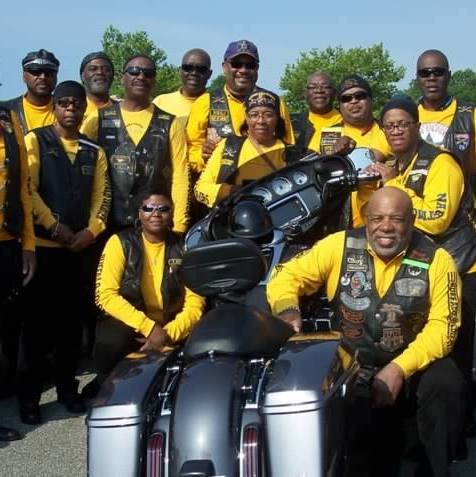
106408. National Association of Buffalo Soldiers Motorcyle Club of Michiga
02/2004 We are a 501 (3) (c), non-profit organization of men and women, dedicated to the sport of motorcycling and to the education of all people as it pertains to the African American s in this country's history.
Join us and make a difference for the future!
Sign Up
Please fill in your information. Everything is free, we might contact you with updates (but cancel any time!)
Sign in with GoogleOr
Good News
Inspiring news! 🔥 Maya Nazareth, founder of Alchemize Fightwear, just secured a $300,000 investment on 'Shark Tank' for her women's fight gear brand! 💪💖 Let's support female entrepreneurs making waves in the industry! #WomenInBusiness #PositiveNews #AlchemizeFightwear
Fairmount woman behind fight gear brand scores $300,000 investment on 'Shark Tank'
PhillyVoice
Like Comment